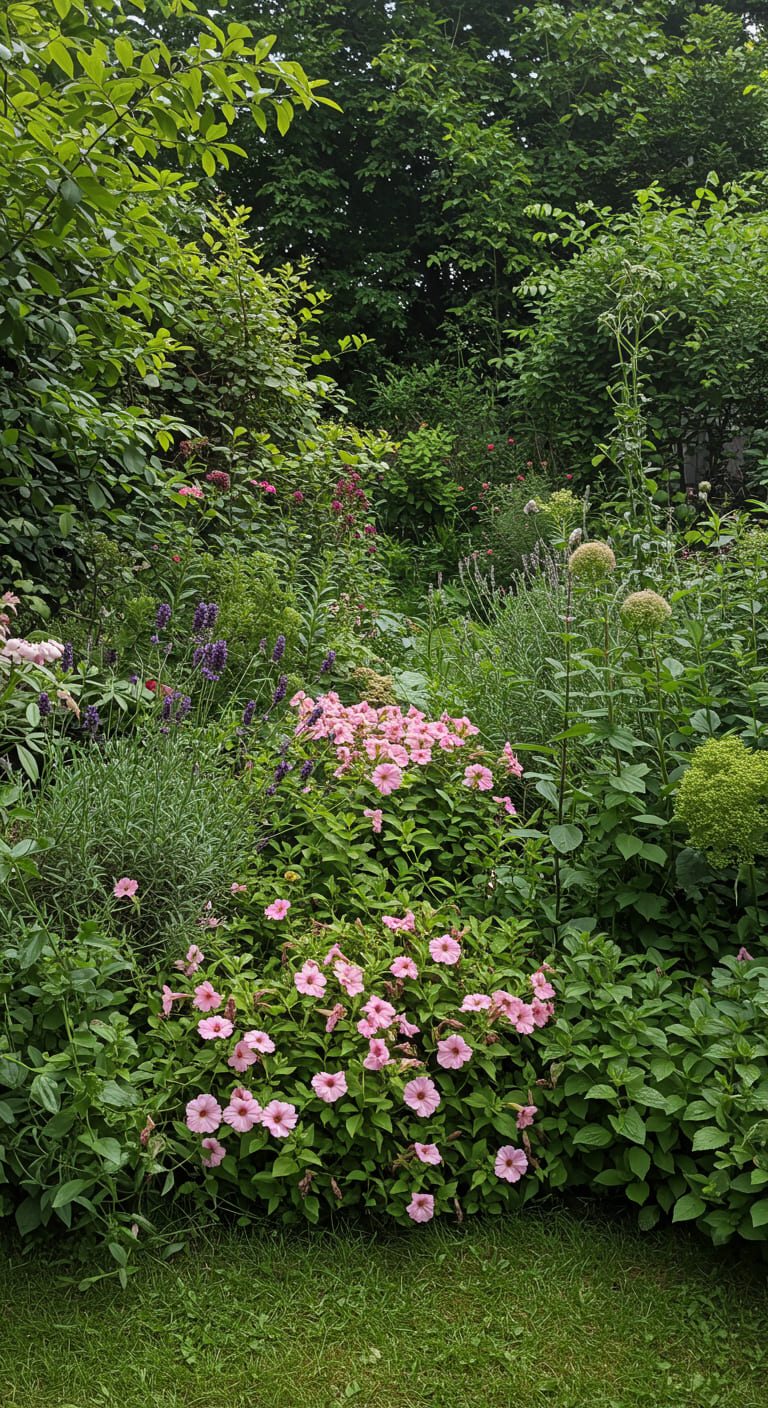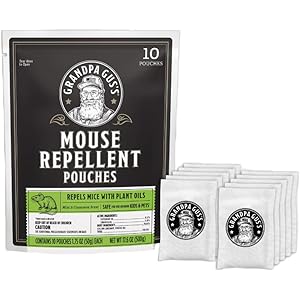As an avid gardener, I’ve often found myself daydreaming about the lush growth and vibrant colors that come with a well-planned garden. One of the most crucial factors that influence my gardening success is the planting zone. This article will delve into what the hottest planting zone is, how to discover your optimal gardening spot, and share invaluable tips to make your garden thrive.
Understanding Planting Zones
To kick things off, let’s clarify what planting zones are. Planting zones, also known as hardiness zones, are geographical areas defined by climatic conditions that dictate which plants can thrive in that environment. The United States Department of Agriculture (USDA) developed a hardiness zone map that categorizes regions based on their average minimum winter temperatures.
Why Planting Zones Matter
Understanding your planting zone is essential for several reasons:
- Plant Selection: Knowing your zone helps you choose plants that will survive and flourish in your climate.
- Seasonal Planning: It aids in planning your planting schedule, ensuring you plant at the right time.
- Garden Longevity: By selecting plants suited to your zone, you increase the chances of a long-lasting garden.
The Hottest Planting Zones Explained
As I’ve explored the planting zones, I’ve discovered that the hottest zones are typically found in the southern regions of the United States. Zones 9 through 11 are considered the hottest, with Zone 11 being the warmest. Understanding these zones can open up a world of possibilities for gardeners like me who live in warmer climates.
Zone 9: Mild Winters, Warm Summers
Zone 9 features a climate where the average minimum winter temperature ranges from 20°F to 30°F. It includes states like California, Florida, and parts of Texas. Here, I’ve found that a variety of plants can thrive, including:
- Citrus Trees
- Succulents
- Heat-Tolerant Vegetables
Zone 10: Subtropical Paradise
As we move into Zone 10, the average minimum winter temperature rises to 30°F to 40°F. This zone encompasses areas such as southern Florida and southern California. My experiences in this zone have shown that I can cultivate:
- Banana Plants
- Pineapple
- Figs
Zone 11: Tropical Bliss
Zone 11 is the hottest of them all, with minimum winter temperatures above 40°F. It includes regions like Hawaii and southern Florida. This zone allows for an incredible diversity of plants, such as:
- Coconut Palms
- Orchids
- Tropical Fruit Trees
Discovering Your Optimal Garden Spot
Now that we’ve explored the hottest planting zones, the next step is discovering your optimal garden spot. This process involves several key considerations:
Step 1: Know Your Zone
The first step is to determine which planting zone you reside in. You can easily find this information through the USDA Plant Hardiness Zone Map. Simply enter your zip code, and you’ll receive the relevant data.
Step 2: Assess Your Microclimate
Every garden has its unique microclimate, which can significantly affect plant growth. Factors to consider include:
- Sunlight: Observe how much direct sunlight your garden receives throughout the day.
- Wind Exposure: Identify if your garden is sheltered from strong winds or exposed.
- Soil Type: Test your soil to understand its pH and nutrient content.
Step 3: Evaluate Your Space
Take a good look at your available space. Whether you have a large backyard or a small balcony, there are plenty of options to create a thriving garden. Consider:
- Vertical gardening techniques for small spaces.
- Container gardening for patios and balconies.
- Raised beds for improved drainage and soil quality.
Tips for Thriving Gardens in Hottest Zones
Having lived in a hotter planting zone, I’ve gathered a treasure trove of tips that can help any gardener maximize their garden’s potential.
Water Wisely
In hotter zones, efficient watering is crucial. I recommend:
- Watering early in the morning or late in the evening to reduce evaporation.
- Implementing drip irrigation to deliver moisture directly to the roots.
- Using mulch to retain soil moisture and suppress weeds.
Choose Heat-Tolerant Plants
Opt for plants that can withstand the heat. My favorites include:
- Native plants that have adapted to local climates.
- Succulents that store water efficiently.
- Herbs like rosemary and basil that thrive in warm conditions.
Provide Shade
Creating shaded areas can protect plants from scorching sun. I often use:
- Shade cloths during the hottest parts of the day.
- Strategically placed pergolas or trellises.
- Planting taller plants to provide natural shade for smaller ones.
Fertilize Smartly
Proper fertilization is key in hotter zones. Here are some tips that have served me well:
- Using slow-release fertilizers to ensure nutrients are available over time.
- Incorporating organic matter, like compost, to improve soil health.
- Testing soil regularly to adjust fertilization as needed.
Case Studies: Successful Gardens in Hot Planting Zones
Let’s take a closer look at some inspiring cases of gardeners who have thrived in hot planting zones.
Case Study 1: The Florida Vegetable Garden
In Florida, a friend of mine transformed her backyard into a thriving vegetable garden. She implemented shade structures and chose heat-resistant varieties like okra and sweet potatoes. Her use of drip irrigation and organic mulching resulted in a bountiful harvest, even during the hottest months.
Case Study 2: California Succulent Oasis
Another gardener in California created a stunning succulent garden that showcases the beauty of drought-resistant plants. By carefully selecting plants native to arid climates and utilizing gravel for drainage, her garden not only thrived but also required minimal maintenance.
Statistics: Gardening in Hot Zones
According to the National Gardening Association, about 35% of American households engage in gardening activities. Within warmer zones, the trend is even higher, as many gardeners are attracted to the ability to grow a wider variety of plants year-round.
Frequently Asked Questions (FAQ)
What is my planting zone?
Your planting zone can be determined using the USDA Plant Hardiness Zone Map. Simply enter your zip code to find your zone.
Can I grow vegetables in hot planting zones?
Absolutely! Many heat-tolerant vegetables, such as peppers, eggplants, and sweet potatoes, thrive in hot planting zones.
What are some maintenance tips for hot zone gardens?
Focus on efficient watering, choose heat-resistant plants, and regularly test your soil for nutrient levels to ensure your garden’s health.
How do I know if a plant is suitable for my zone?
Check the plant label or consult gardening resources that indicate the hardiness zones for specific plants.
Conclusion
Understanding the hottest planting zones and discovering your optimal garden spot is key to creating a thriving garden. By knowing your zone, assessing your microclimate, and following the tips shared in this article, you can cultivate a flourishing garden that brings joy and beauty to your life. Whether you’re in a cozy Zone 9 or basking in the warmth of Zone 11, the right knowledge and strategies will empower you to embrace the gardening adventure.
If you found this article helpful, I encourage you to sign up for our newsletter for more gardening tips and insights. Share this with friends and family who are also passionate about gardening, and let’s grow together! Happy gardening! 🌱✨
Grandpa Gus’s Extra-Strength Mouse Repellent Pouches, Peppermint & Cinnamon Oil, Natural Rodent Deterrent Control for Garage, RV, Car, Basement, Attic, Storage, 1.75 Oz (Pack of 10)
$31.99 (as of 13/11/2025 03:49 GMT -03:00 - More infoProduct prices and availability are accurate as of the date/time indicated and are subject to change. Any price and availability information displayed on [relevant Amazon Site(s), as applicable] at the time of purchase will apply to the purchase of this product.)
Sign up for our newsletter and stay up to date with exclusive news
that can transform your routine!




